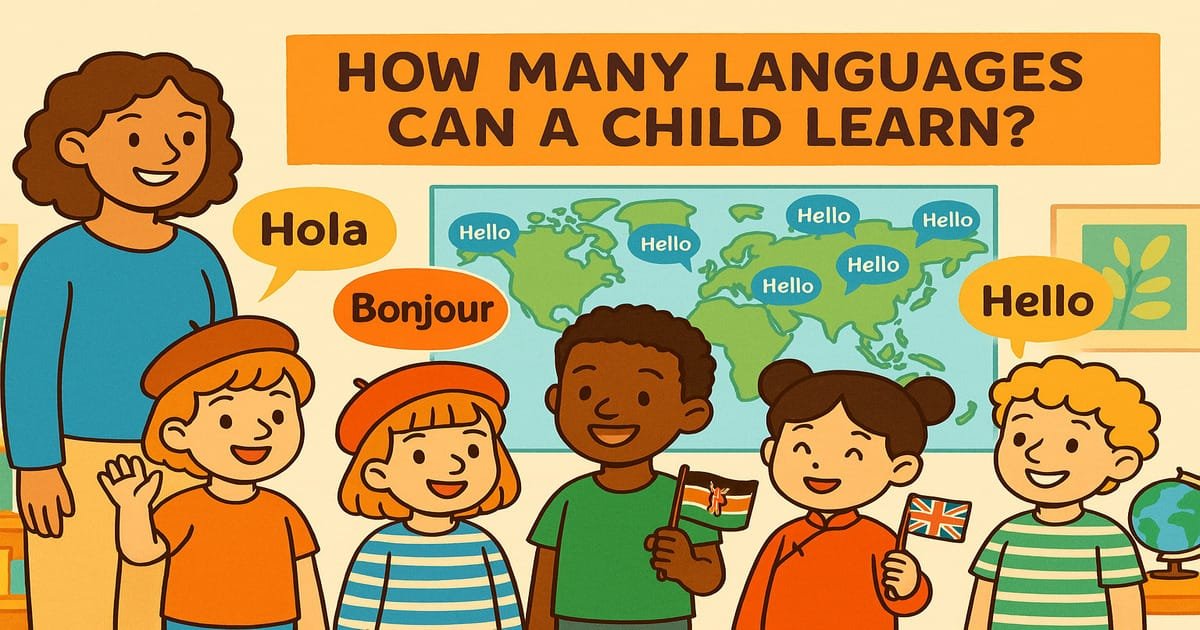When you think about the world, have you noticed small yet important facts? These are called “details.” Details are specific, intricate parts of a subject. They are the parts that help us fully understand things.
For kids, knowing what details are is key. It helps us get better at thinking and understanding things fully. Details are the small, very important bits of information. They make the big picture clearer and more interesting.
Getting into details lets kids observe and understand the world better. Details are like the bricks of a building – they help us see the whole, complete picture. They allow us to notice the small, important parts that make our world rich and complex.
Key Takeaways
- Details refer to the specific, intricate, and nuanced aspects of a subject or event.
- Details include particulars, specifics, elaborations, and the nitty-gritty or minute aspects of a topic.
- Understanding details is crucial for developing critical thinking skills and comprehensive comprehension.
- Details help kids observe, analyze, and synthesize information to gain a deeper, more meaningful understanding of the world.
- Details are the building blocks that contribute to a complete and nuanced picture of a subject matter.
Understanding the Meaning of Details
Details are the specifics, particulars, intricacies, and nuances that build a whole picture. They give depth and provide clarity to our understanding. These elaborations and minutiae fill in the blanks, making everything clearer.
Specifics and Particulars
The specifics and particulars tell us exactly what we need to know. They’re like the small pieces in a big puzzle that help us see the full image. Focusing on these bits helps our understanding grow deeper.
Intricacies and Nuances
Now, the intricacies and nuances are the deeper, hidden parts. They might be complex but they’re also fascinating. Adding these details enriches what we know, making it more interesting.
Seeing the big and small details together gives us a full view. It helps us understand the world better in a profound way.
What is the definition of details for kids?
Kids often wonder about the world and details help them figure things out. When we talk about details, we mean looking closely at a topic. It’s like examining the small parts that make up the big picture. These small parts are very important for a true and full understanding.
Elaboration and Minutiae
Details make complex things simple for kids. They help break down big ideas into smaller, easier pieces to understand. This process, called elaboration, allows kids to dive deep. They get to really explore all the small parts of a topic. These small parts put together are what give a complete understanding. This way, kids don’t just remember facts. They truly get the whole idea.
The Nitty-Gritty
Details are all about the most important parts of a topic, the nitty-gritty. Paying attention to these crucial details is like building a strong base of knowledge. With a focus on the nitty-gritty, kids can understand things much better. This deep understanding helps them connect to the world in richer ways.
Why Details are Important
Details are vital to help children understand and think deeply. They aid in moving past just remembering basic facts to truly grasping a topic. This approach lets kids form connections in their learning.
Enhancing Comprehension
Details are key in understanding a subject fully. By exploring the specifics, children move beyond the surface. They learn how parts of a subject fit together. This improves their comprehension greatly.
Developing Critical Thinking
Also, details boost critical thinking. They prompt kids to analyze, link, and draw conclusions from information. This active approach to details encourages children to think deeply. They form their own well-informed views.
Thus, focusing on details is essential for profound learning in children. It prepares them for continuous growth and understanding in life.
Examples of Details in Everyday Life

Details are everywhere, even in the most ordinary parts of our days. Recognizing and valuing the small parts of the world helps children understand it better.
Describing a Scene
The small details can make a scene come alive. For instance, instead of saying, “I saw a tree,” a child might say, “The tall oak tree’s branches looked like arms. Its leaves were vivid green, and the bark was rough with deep cracks.” By talking about the colors and textures, the story becomes more alive and rich.
Following Instructions
Paying attention to the details is key when following directions. Building a toy, baking, or making a craft all need careful steps. If a child misses an important detail, the outcome might not be what they wanted.
Understanding the details around us helps kids see the world more fully. Details are the keys to developing a deep and broad view.
Teaching Kids to Recognize Details
Learning to spot details is key for kids. It boosts their ability to understand and think critically. We, as teachers and parents, can use many ways to help them. It makes them more aware of the small things around them.
One good method is to make them look closely at things. Have them check out objects or scenes carefully. They should notice the colors, textures, shapes, and special features. This way, kids learn to see the details needed for the whole picture.
You can also show them a detailed image or describe something in detail. Then, ask them what small, important things they can see. This exercise makes their eyes sharper and helps them describe what they see.
Adding details to daily tasks is helpful, too. For example, in making crafts or food, have them focus on the steps and measurements. They’ll learn that details are critical for a job well done.
Teaching kids to notice details is more than a lesson. It equips them with skills they need for thinking deeply and grasping things fully. These are important for their growth and future achievements.
Conclusion
Details are the specifics of a subject. They are important for learning and thinking critically. Kids who understand the importance of details can make much more sense of the world. They can learn how to think about things in a deeper way.
Conclusion: Details aren’t just tiny pieces of information. They’re key pieces that help understand a topic fully and think critically. Learning to find and appreciate details helps kids gain a more advanced view of the world. This prepares them for success, both in school and in life.
Now, we see that details are critical for learning and thinking deeply. Teaching kids about details helps them understand the world better. It gives them the tools to explore the world with confidence and curiosity. The conclusion reminds us how important details are in building a full understanding of our surroundings.
FAQ
What is the definition of details for kids?
Details are the specific and nuanced parts of a subject or event. They include small, crucial info that adds up to a complete picture. This makes it easier to fully understand something.
What are specifics and particulars?
Specifics and particulars give clear details. They provide information that helps us understand things better.
What are intricacies and nuances?
Intricacies and nuances are the complex and subtle aspects. They’re the detailed parts that are sometimes easy to overlook. But, they are important for a full grasp of a subject.
What is meant by elaboration and minutiae?
Elaboration and minutiae dive into the smallest parts of a topic. They help us get a deeper understanding of something by looking closely at its details.
What is the “nitty-gritty” in the context of details?
The “nitty-gritty” is the core and most important details. It refers to the elements that are key in understanding a subject.
Why are details important for kids?
Details help kids understand things better. They encourage kids to think critically and see how different info pieces fit together. This is good for learning and problem-solving.
How do details manifest in everyday life?
Everyday life is full of details. They are in the specific features that make a scene vivid. They’re also in the exact steps needed to do something successfully.
How can kids be taught to recognize details?
Activities that prompt close observation help kids spot details. For instance, looking at objects or places closely. Such exercises teach them the importance of small but key elements.





